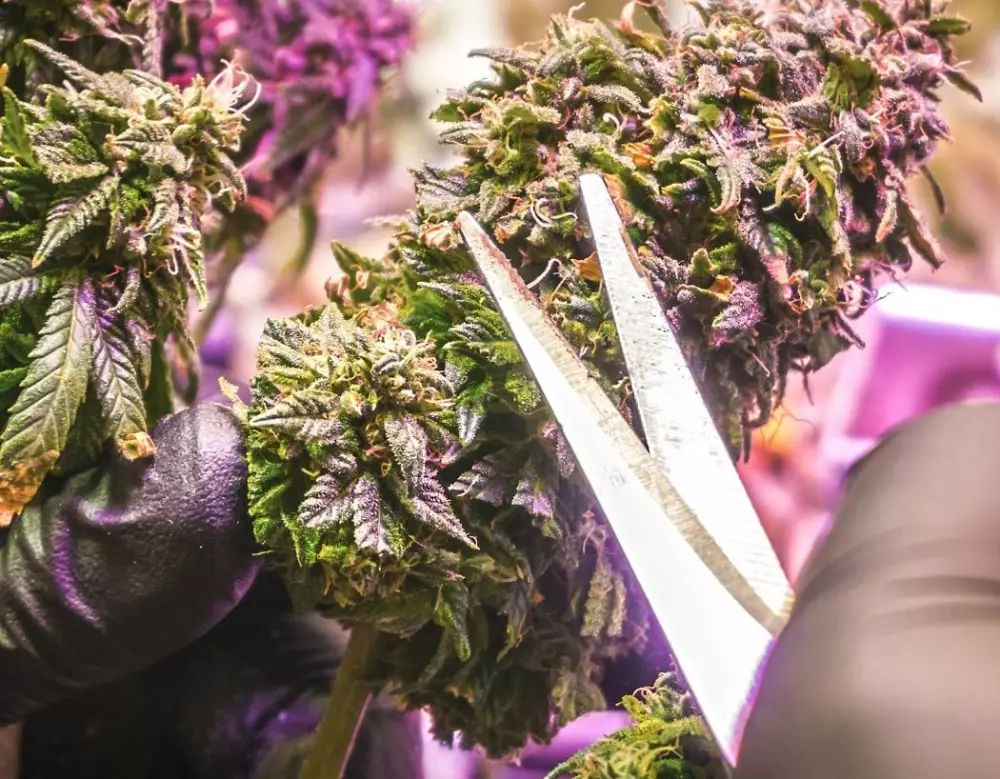When it comes to the cannabis you ingest, you want to be sure you are getting a high-quality product. A lot of that quality comes from the way the cannabis plant is grown—organic and pesticide free. But another factor in quality control is how the buds are preserved.
After all, cannabis, like anything grown for consumption, is a perishable item. So while you might be buying weed for the weekend and don’t care about what’s been done by producers to ensure that you have the freshest product available, producers do care, particularly as repeat customers are the key to their businesses growing. Considering the quality for the longer term means that preservation is as important as the quality of the plants being produced.
Industry standards are changing, but there are some key questions that are producers are asking, and that trend is fanning out to include what consumers are looking for:
- What is perishability, when it comes to cannabis?
- Why should the issue of perishability be important to marijuana consumers, particularly those who smoke it?
- Why does preservation have a big impact on marijuana quality?
What is perishability, when it comes to cannabis?
First off, marijuana is a plant and, like all other plants, it is perishable. Like the tomatoes on the vine or the lettuce in the produce aisle at the grocery store, it can go bad quickly if preservatives aren’t used. Unpreserved marijuana will, over time, lose some of the properties that make it interesting to the consumer. Like fruits and vegetables lose their vitamins and minerals, and an open pop bottle will lose its fizz, cannabis that isn’t properly preserved will lose some of why people buy it in the first place. Would you drink the pop that has lost its fizz? Maybe, but the experience and part of the reason you enjoy it won’t be the same. It’s the same with cannabis. It won’t have gone bad in the sense that it’s unsafe to smoke it, but the point of smoking is to get high, and those properties—and the resulting experience—are seriously diminished when pot sits around too long and isn’t preserved.What can cause marijuana to go bad?
- Light — Whether from direct sunlight or from bulbs, light is necessary for growing plants. But when it comes to cultivated buds, the radiation that light emits can affect the end product in a couple of ways. For one, light raises the temperature on a product. With that increase comes other processes that break down plant based elements, like oxidation and discoloration. Ultimately and over time, light will affect a product by breaking it down chemically. For cannabis, that means the breaking down of the THC or CBD, the cannabinoids which make cannabis what it is.
- Oxygen — Another important piece in growing cannabis can be a problem, post cultivation. Exposing the buds to too much air can enhance perishability by allowing the growth of enzymes and microorganisms, which will, at best, affect the flavor and aroma of the weed. Air also affects the plant chemically by breaking down fatty acids contained in it; these acids help maintain both flavor and aroma.
- Humidity — Humidity is, at a basic level, water in the air. When plants of any kind are exposed to too much water, they rot. Humidity in the air creates the conditions for bacteria like yeast or mold to grow and thrive in the plant, which will rot the plant. Too much moisture will also create chemical reactions that deactivate or reduce the potency of the chemicals that cannabis is famous for. Without them, your favorite smokable that has been exposed to moisture might suddenly not have as much kick as a fresh batch might.
- Temperature — As with light exposure, which can raise the temperature of the buds, any heat will impact the shelf life of cannabis. Heat increases natural chemical enzyme reactions and promotes the breakdown of plants. If you combine heat with moisture, then the plant is affected at all levels, including its color, flavor, and odor.
